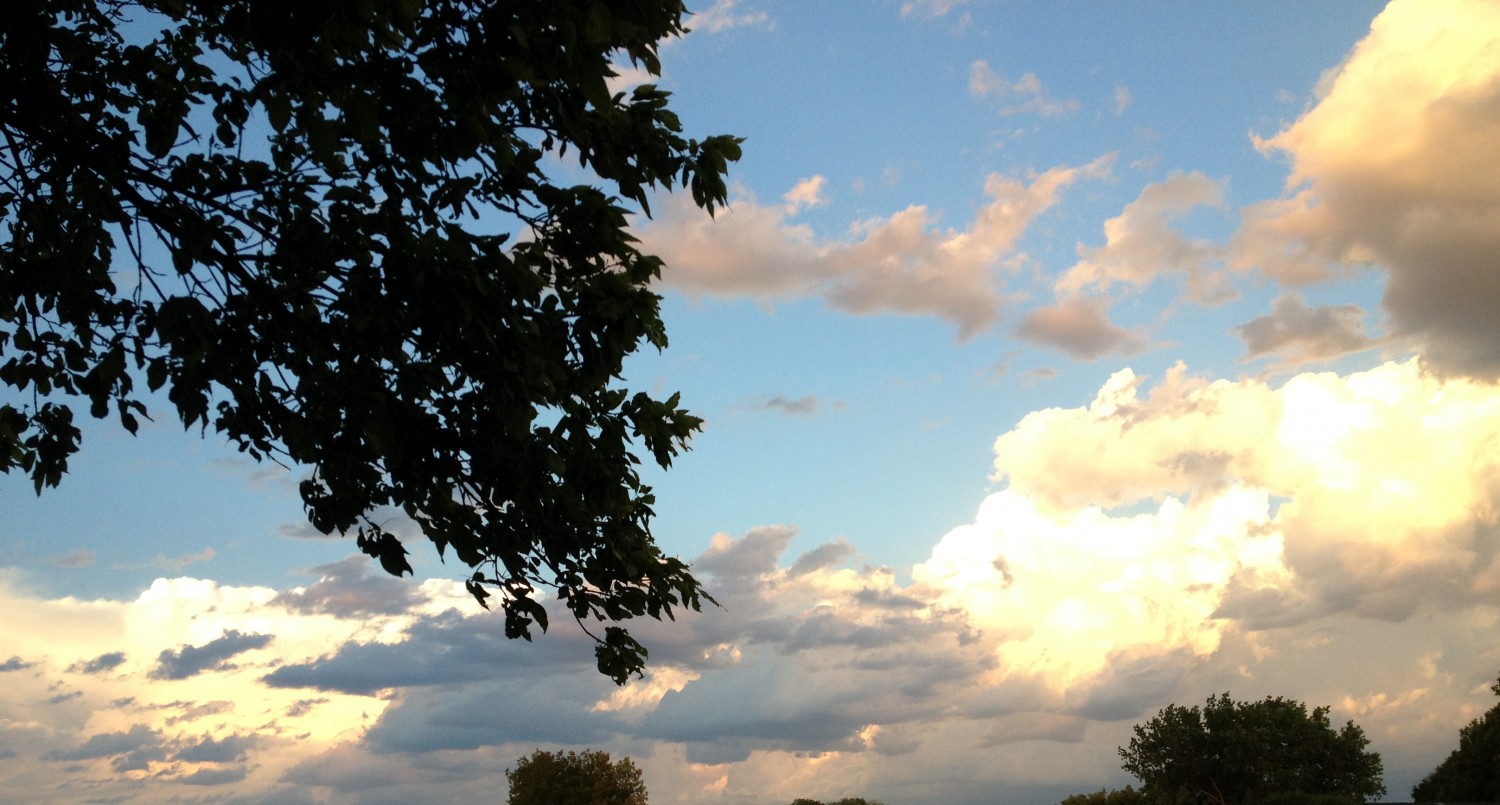Finding Harmony in Cartographic Dissonance (2.3 Question 3)
Sparke suggests a number of possible inspirations for Judge McEarchern’s “map that roared” comment. All three possibilities suggest that Judge McEachern was disdainful and condescending of the map presented at trial.
First, Sparke makes reference to the turn of phrase “paper tiger.” The “colloquial notion of a ‘paper tiger'” is taken from a Chinese expression (Sparke 468). The expression describes someone/something that has a threatening appearance but is harmless in reality (Bourque). When applied to McEachern’s comments regarding the Gitxsan and Wet’suet’wen territory map, the “paper tiger” interpretation is patronizing. Rather than interpreting and evaluating the map as a textual authority in the way that the maps of the colonizers would be viewed, it segments the Gitxsan and Wet’suet’wen attempt to chart their land into a threat, or an act of bravado with little authority.
Sparke also mentions that the “map that roared” might refer to the Peter Sellers film The Mouse That Roared. The film is about the world’s smallest country which decides to declare war on the United States of America. The punch line of the film is that a primitive, under-dog of a country would deign to take on one of the large super power nations of the world. The trailer declares that it is “the funniest war ever waged…the war that had to be lost to be won.” In this respect, comparing The Mouse That Roared to the Gitxsan and Wet’suet’wen Territories trial is an apt assessment. It is doubtful, however, that Judge McEachern was sufficiently clairvoyant to foresee that his ruling against the Gitxsan and Wet’suet’wen claims would pave the way for the eventual Delgamuukw Decision in favor of recognizing aboriginal title as a property right to land.
In both the “paper tiger” and The Mouse That Roared interpretations, Sparke justly interprets a “derisory scripting of the plaintiffs as a ramshackled, anachronistic nation” (Sparke 468).
Sparke’s third interpretation is likely more in line with the Gitxsan and Wet’suet’wen understanding of what they were trying to achieve. The idea of “a roaring map simultaneously evoked the resistance in the First Nations’ remapping of the land: the cartography’s roaring refusal of…Canadian colonialsim on native land” (Sparke 468). The word roar certainly has revolutionary connotations: Exhibit A, Exhibit B. The map presented to Judge McEachern thus reads as a battle cry issued by people who will no longer suffer injustice. Sparke’s interpretation of the map as a revolutionary roar is strengthened by his grounding his investigation within a musical framework. Sparke suggests that narratives about land should be understood as a musical score (468). While “the Canadian state takes the position that jurisdiction over the land belongs to the settlers” the Gitxsan and Wet’suet’wen cartographic narrative roars its own (hi)story about the land we now call Canada (Asch 30). The two story lines are independent but they are interdependent in their harmony like a musical composition. They complement and contribute to one another when they are considered as harmonious works. Narratives about the land must be given “contrapuntal voicing…[to] enable [the] national Canadian audience to rethink the colonial frontiers of national knowledge itself” (Sparke 468).
The Gitxsan Wet’suet’wen roaring map therefore “subverts any punctual notion of a singular national origin, displacing it with an invitation to readers to reevaluate the ways in which the template of contemporary Canada is imposed proleptically on a heterogeneous past” (Sparke 468). When viewed in such a way, the map that roared may be seen not only as a counterpoint but as an elaboration, a fleshing out, of the story of the land we live in.
Works Cited
Aisthesis. “J.S. Bach – The Art of Fugue, BWV 1080 – T. Koopman and T. Mathot.” Online video clip. YouTube. YouTube, 25 Oct. 2011. Web. 22 Feb. 2014.
Asch, Michael. “Canadian Sovereignty and Universal History.” Storied Communities: Narratives of Contact and Arrival in Constituting Political Community. Ed. Rebecca Johnson and Jeremy Webber Hester Lessard. Vancouver: University of British Columbia P, 2011. 29-39. Print.
Bourque, Jeremiah. “A Paper Tiger.” English Idioms. English Idioms. 9 Apr. 2011. Web. 18 Feb. 2014.
Collier, Russell and Martine Rose. “The Gitxsan Model: A Vision for the Land and the People.” The ESRI Conservation Program. ESRI, May 2007. Web. 18 Feb. 2014.
ROAR Magazine. ROARMag.org: Reflections on a Revolution, 22 Feb. 2014. Web. 22 Feb. 2014.
Saw1110. “Helen Reddy – ‘I Am Woman’ (Live) 1975.” Online video clip. YouTube. YouTube, 4 Jun. 2009. Web. 22 Feb. 2014.
Sparke, Matthew. “A Map that Roared and an Original Atlas: Canada, Cartography, and the Narration of Nation Author(s).” Annals of the Association of American Geographers 88.3 (Sep. 1998): 463-495. JSTOR. Web. 21 Feb 2014.
Troz2000. “The Mouse that Roared Trailer.” Online video clip. YouTube. YouTube, 17 May 2008. Web. 22 Feb. 2014.
